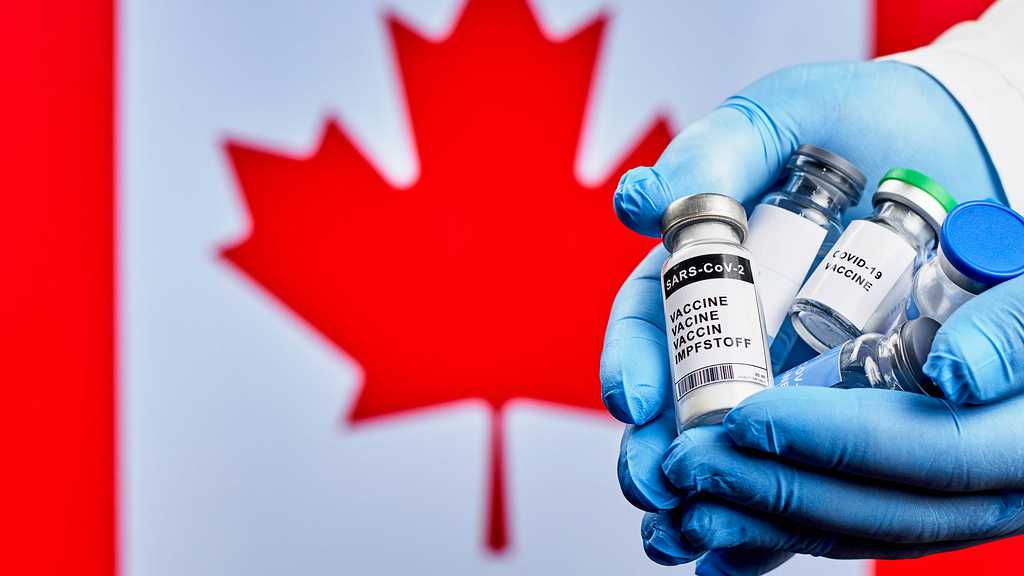Overview
An analysis of January 2021 through December 2022 data extracts from the Ontario Health Insurance Plan (OHIP) database exposes a myriad of reproduction-related harms to Ontarians following the rollout of COVID-19 vaccines in Canada. This dataset includes about six million unique patients. Importantly, it contains four years of ‘baseline’ data from before COVID-19 or COVID-19 vaccines showed up in Canada, as well as data from the 2020, when only COVID-19 the disease was present, and the ‘COVID vaccine years’ of 2021 and 2022. This gives us a window into the health changes Ontarians experienced following the introduction COVID vaccines, of which over eight-five percent of Ontario residents took two doses by March 30, 2022. About fifty percent of people in Ontario received a third “booster” dose by that same date. Therefore, the data reflects a very highly vaccinated population and the fallout from those vaccinations.
This analysis reviews data, obtained by Freedom of Information requests, associated with nine of the OHIP Diagnostic (a.k.a., Billing) Codes:

For all of these reproductive categories, patients given these diagnostic codes at least doubled from 2020, when COVID vaccines were not yet available, to 2021 and 2022, when the vast majority of Ontarians received at least two doses of COVID-19 vaccines.
Healthcare professionals working in outpatient settings use OHIP billing/diagnostic codes to submit claims to the Ontario Health Insurance Program. Since Canada has socialized medicine, residents must go to a primary care doctor first to be referred to a specialist. Insurance claims for those patient visits have to be submitted via Ontario’s medical claims electronic transfer. So, with rare exception, these data represent all Ontarians’ non-emergency healthcare diagnoses for the years 2015 to 2022.
By Amy Kelly







